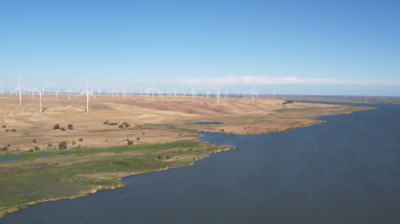New Report: Benefits of Optimizing Land Uses Near Transit Stations
A new brief from the Bay Area Council Economic Institute this week highlights the benefits of optimizing land use at transit stations, with a particular focus on office and retail space. There have been numerous studies bolstering the case for residential development near transit stations. Less understood, however, are the benefits of commercial development near transit and what increased office and retail space along key transit corridors could mean for the Bay Area’s transit system, regional labor force, and economy more broadly.
The analysis draws on existing research to explore optimal land use strategies from an economic, equity, and environmental perspective, while incorporating three local case studies: Redwood City’s Proposed Transit District, Workday at West/Dublin Pleasanton BART Station, and Google’s Downtown West in San Jose. These three case studies demonstrate what can be achieved when high density mixed-use development is integrated with existing transit systems, creating a seamless experience for both residents and workers.
In the Bay Area, where jobs are clustered in San Francisco, Silicon Valley, and Oakland, adding office and commercial space near transit in nearby cities can help disperse employment opportunities more evenly. Jobs that are easily accessible via transit play important roles in assisting transit systems’ ridership recovery, limiting congestion and emissions on roadways, and allowing employers to recruit over wider geographies. Cities that can offer vibrant downtowns that attract workers to an office easily accessible via transit will be the ones who succeed in providing opportunity to their residents.





